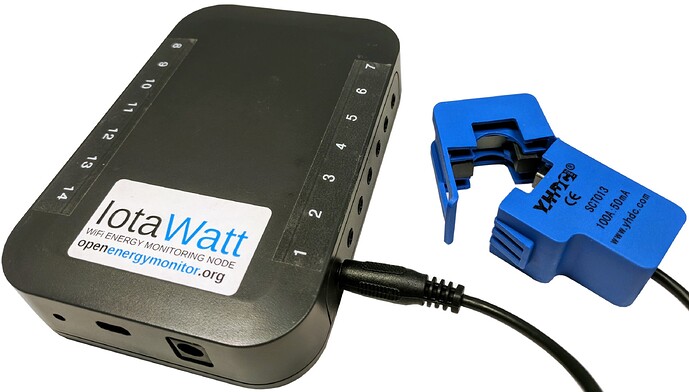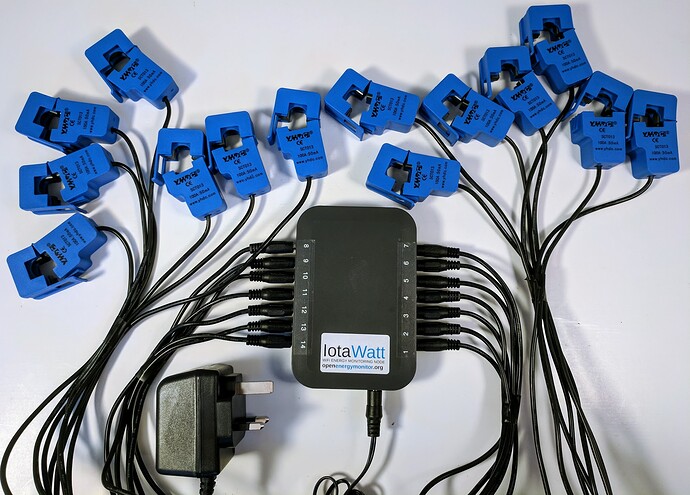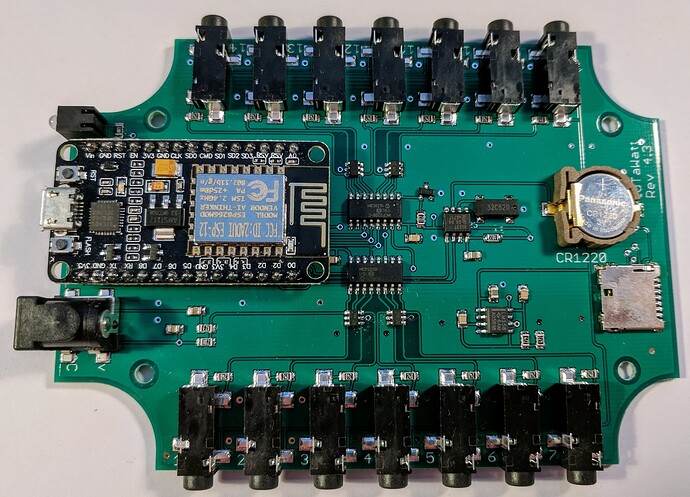Hi guys,
Good news! The IotaWatt is now live in the OpenEnergyMonitor web shop ![]()
![]()
https://shop.openenergymonitor.com/iotawatt-wifi-connected-14-channel-electricity-monitor/
We have a few units ready for immediate shipping with a further batch of 80 units arriving next week with a larger run to follow. We also have some larger CT’s (200A max : SCT-019-000) and smaller CT’s (20A max : SCT006-000) to complement our default CT’s (100A max : SCT-013-000). These new CT’s will be added into the shop tomorrow.
As a thanks for helping and being involved in the development process I would like to offer a 20% discount off IotaWatt for forum members, just use code B3806G5BM3 at checkout and enter your forum username into the order comments field*.
*Code is valid until 20th October 2017, one use per user.
The forum post is a ‘soft’ community launch. An official launch will take place in a few weeks once we have everything ironed out. I just wanted to give you guys a heads up. Please let me know if you spot any errors on the shop listing or the IotaWatt user guide (work in progress) and obviously please report any IotaWatt bugs to the forum.
Thanks again for your support.
The IotaWatt is a very exciting addition to the OpenEnegyMonitor ecosystem. Big thanks to the hard work by @overeasy for making the IotaWatt a reality. We have been in active communication with @overeasy for most of 2017. IotaWatt is a collaboration between us (OpenEnergyMonitor) and @overeasy. The vast majority of the design and development has been done by @overeasy. We have assisted with certification and compliance testing, component sourcing, manufacturing, shipping and general beta testing.
Here are a few photos of the production IotaWatt.
We’re currently investigating screen printing options for the enclosure for the next batch.



